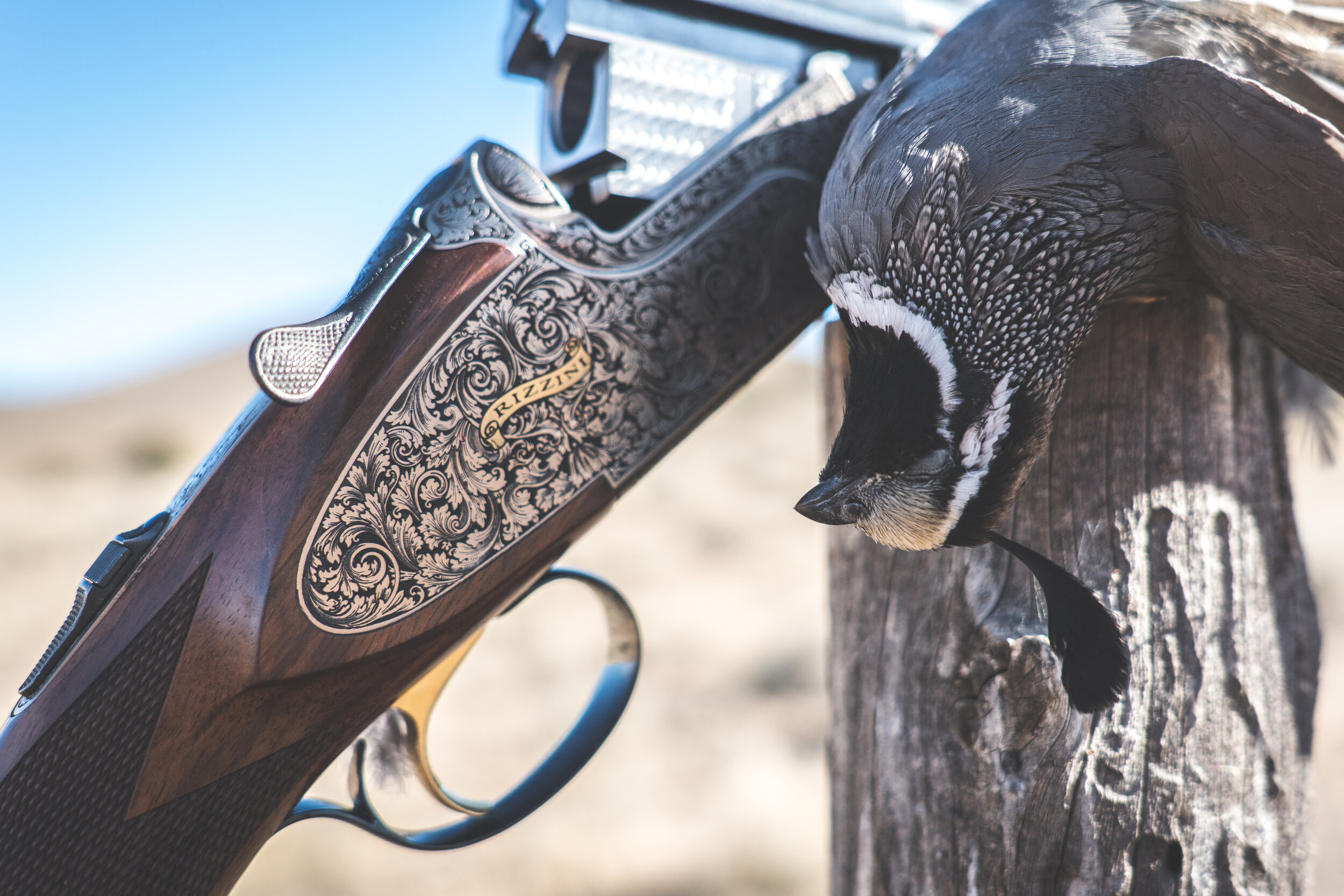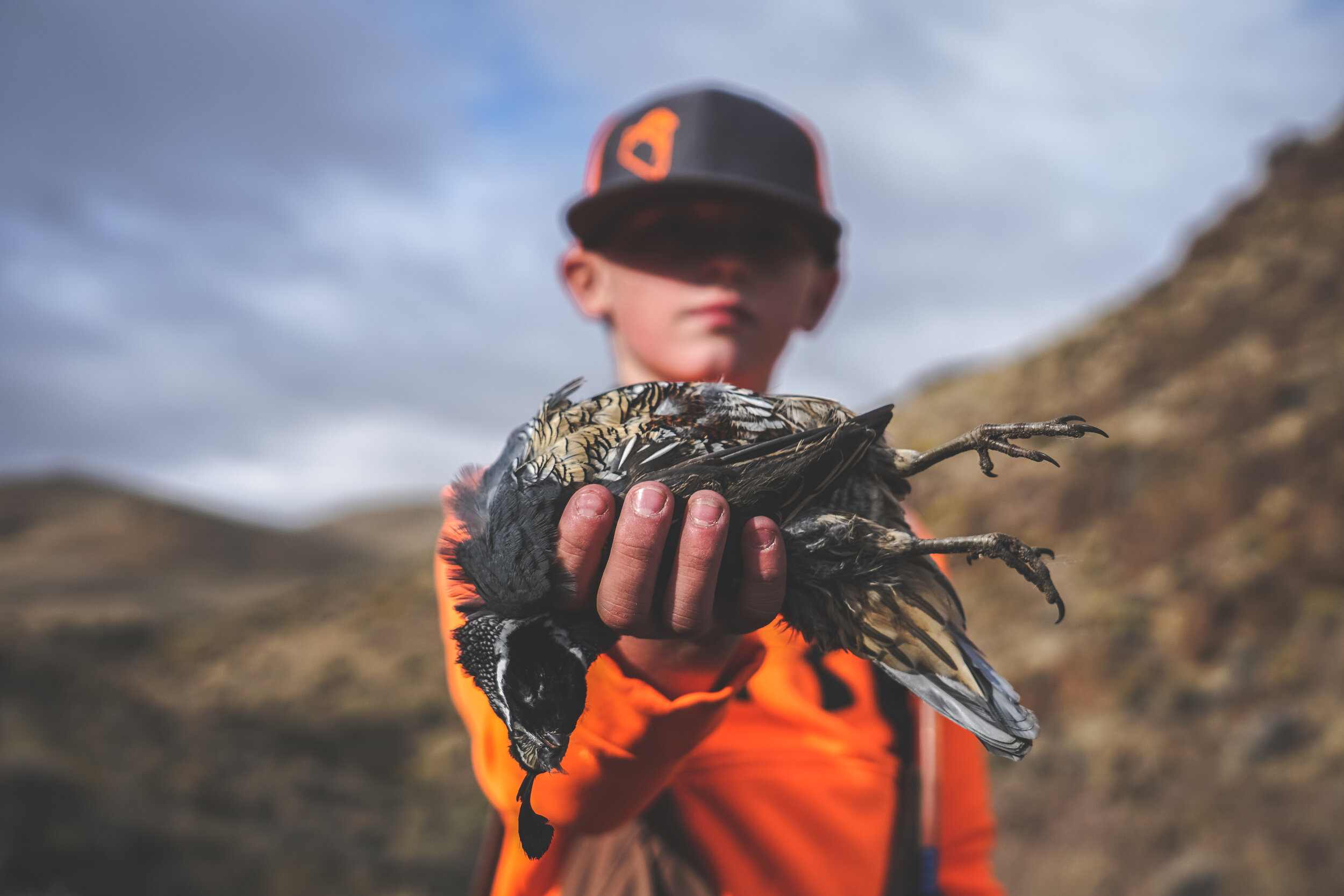Opinion: What Upland hunting can learn from Fly Fishing
Once thought of as a dorky dad hobby, Fly Fishing has encountered a resurgence and now participation is growing and the industry is booming.
The outdoor industry as a whole is doing better than ever before and has grown to be $700+ million dollar industry - It now accounts for 2.2% of the US economy! Like fly fishing, upland hunting remains on the fringe of popular outdoor activities, however the fly fishing industry has managed to latch onto this growth resulting in a boost in both participation and profits. By contrast, upland hunting (and hunting as a whole) has seen a steady decline, a lack of industry growth, product development and diversity of its participants. So what can the upland industry learn from fly fishing?
But wait, I know what you're thinking. More hunters means more trucks at your favorite hunting spot, why would anyone want that? Let me explain.
Conservation
There's some similarities between the two industries in where money for conservation comes from. Similarly to fishing, the sale of hunting licenses are an important revenue stream for your local agencies, especially those costly out of state licenses. These funds are used to manage wildlife within that state and remain a huge portion of the agency budget. While I hear many moans about the required purchases like the duck stamp and state by state upland stamps, they are a relatively small price to pay for the increased conservation efforts for those species. If you love upland hunting as much as I do, paying $25 for a stamp should be something you look forward to each year. In addition to making great collectors items, knowing that you're doing that little bit extra to support wildlife has a definite feel good factor about it.
What is great about hunting however is that increased participation leads to an increase in equipment sales and taxes imposed on these items goes straight to protecting our wildlife. The Pittman-Robertson act has imposed an 11% excise tax on guns and ammo since the late 1930's. The money from this tax bypasses the US Treasury and goes straight to the department of the interior, to then be distributed to each state's wildlife agency and spent on conservation and education projects. But it's not just shotguns, an amendment to the act in 2000 saw the tax imposed on handguns and archery equipment, meaning an increase in participation in ALL the shooting sports is good for our wildlife. So there you have it, your best excuse to buy that new shotgun you've been eyeing!
Innovation
An increase in participation leads to more equipment sales and more profits for the hunting industry as a whole. With the industry growing, new companies will step forward and provide some much needed competition for the stalwarts of the industry. With more competition for those precious consumer dollars comes the need to innovate and boy do we need it! One just needs to glance over at the fly fishing crowd to see the abundance of new companies sprouting up, innovative products hitting the shelves and a huge variety of choices that are also arriving with lower price points. It's no secret that upland equipment hasn't changed much since your father or grandfather was wearing it. While I love the nostalgia and tradition as much as anyone, there's been amazing advancements in materials and production techniques that our product lines could benefit from. I am actually amazed that no one has stepped forward to provide these technical innovations to the upland world. I know female upland hunters are also yearning for more women's specific products that the fly fishing market has benefited from recently. While big game hunting has seen more innovation, these companies will argue that the upland market is tiny by comparison and therefore not worth the investment. Our product lines are stale and the need for innovation is there for all to see, an increase in participation and profits will help us see better products on the market.
Inclusion
While upland hunting desperately needs new products, it also desperately needs new people, and not just the same type of people. Fly fishing and upland hunting have both traditionally been dominated by the old white man and although there's a shift in demographics, upland hunting is still dragging its heels when it comes to diversity. The growth of the fly fishing industry has been buoyed by the rise of women, ethnic minorities and young people on the river. This has resulted in an incredible growing community of like minded people coming together to enjoy the outdoors. If we really want to improve our industry as a whole, we need to build a community to support it and protect it when the old white man hangs up his boots. I would hate to see upland hunting fade with the generation before us, so just think of it as future-proofing our sport.
More people more problems?
This brings me back to the old argument I always hear. 'More people means more trucks at your local hunting spot'. Despite the huge growth in fly fishing, I have noticed a very small increase of people on my local rivers and it hasn't been significant enough for it to ever become an issue. Fly fishing is concentrated in very small areas such as rivers and lakes, however upland hunting has literally millions of acres to explore, with most of it seeing very little shared use from other outdoor activities. Over the past 2 years, I can count on two hands how many people I've seen in my hunting spots, I think it's safe to say there's room for growth. I know, I know, you're selfish and you want it all to yourself. But it's important to remember that more hunters means more money for conservation and innovation, meaning that the sport will continue to improve during your lifetime but also still be there for our children to enjoy.
So let's not be selfish this year, take someone new into the uplands, our sport will benefit from it just like fly fishing has!




